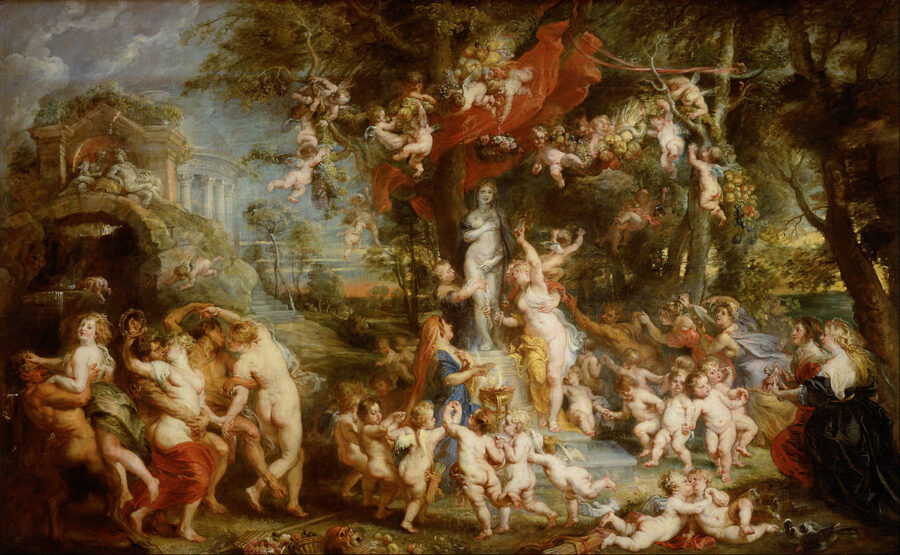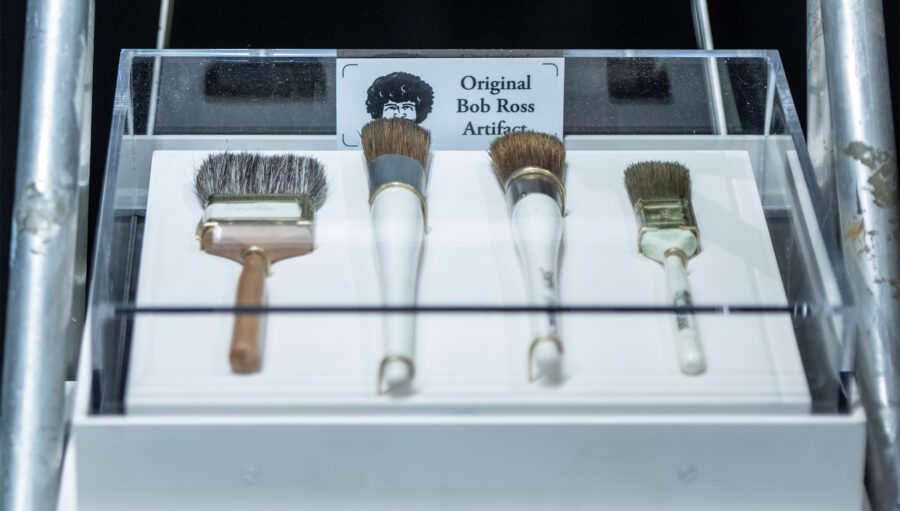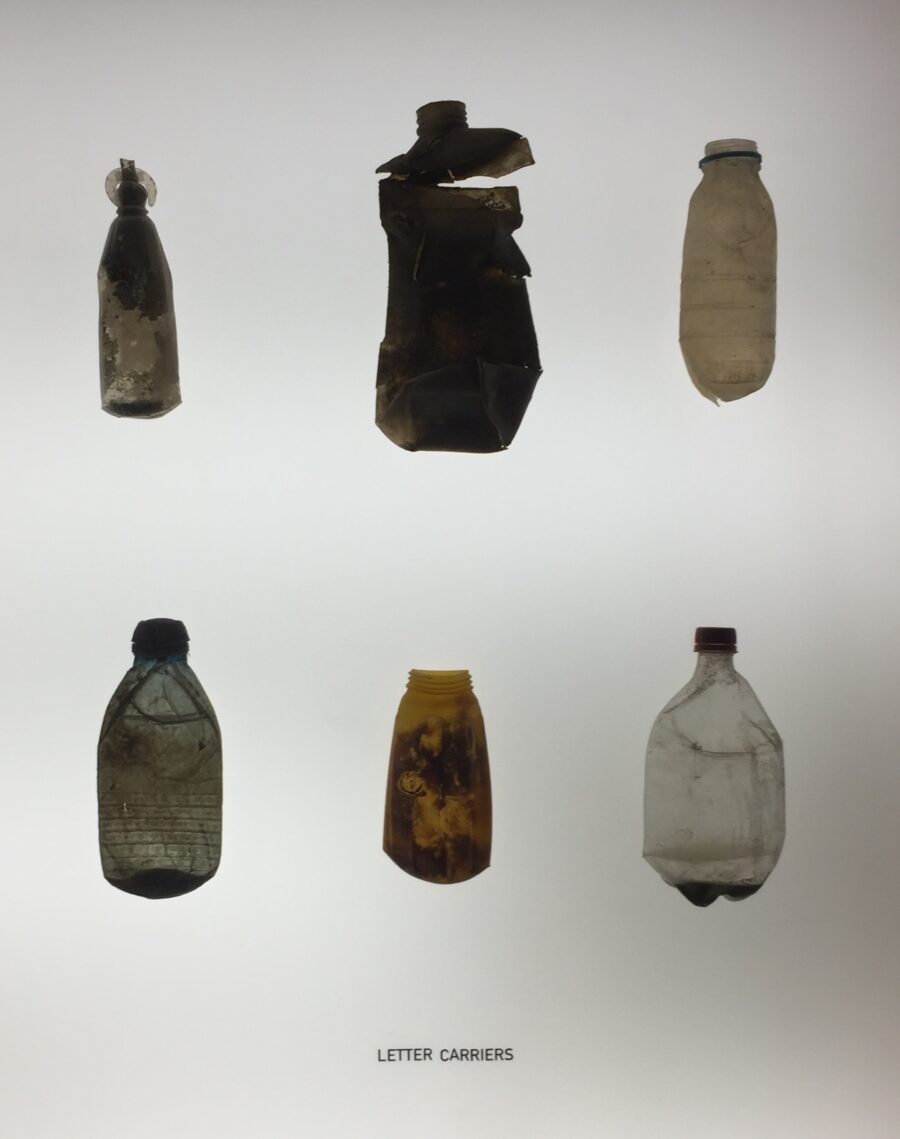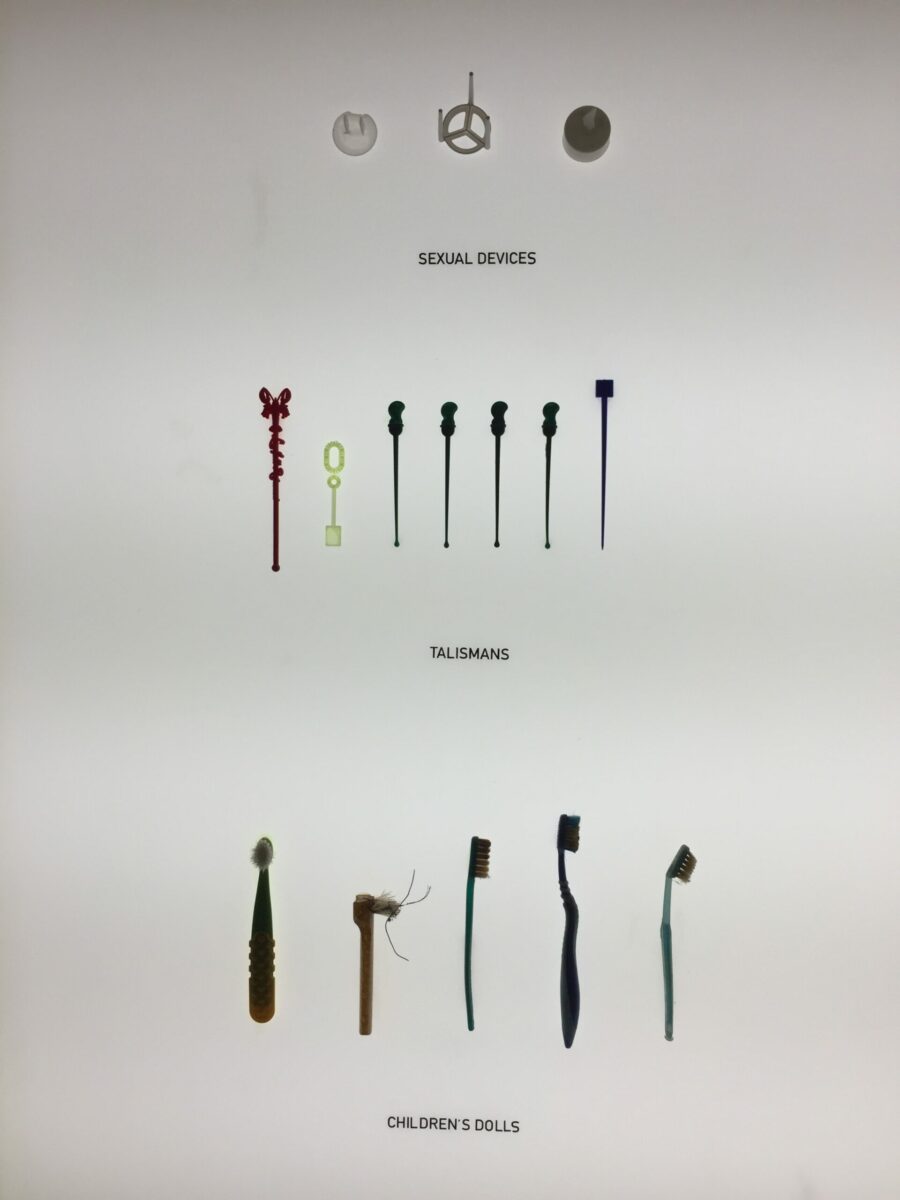Before our eyes, Japanese artist Kenichi Kanazawa creates crisp shapes and geometric patterns with no special tools but sand and sound, the kind of work that at first looks expressly designed to go viral on social media. But he’s been at it much longer than that: “Originally a sculptor by trade,” according to Spoon & Tamago’s Johnny Waldman, “Kanazawa began working with steel and sound in 1987 after collaborating with the late sound artist Hiroshi Yoshimura. Today, his work primarily involves elements like sound, vibration and heat: making the invisible, visible.” Or in other words, using what critic and music Ted Gioia calls, in a tweet of one of Kanazawa’s short tabletop performances, “the power of sound to create order out of chaos.”
Kanazawa doesn’t use just any old tables, but special ones made of steel, the better to resonate when he taps and strokes them with his variety of mallets. Nor does he use just any old sand, opting instead for either a pure white — for maximum visual starkness against the black steel — or a set of bright colors, as in the video at the top of the post.
Whatever its place on the spectrum, the stuff seems to rearrange itself across the surface in response to the tones created by the artist. The striking precision of the effects produced by this interaction of sand, steel, and sound gets viewers wondering what, scientifically, is going on here. The underlying set of phenomena has a name: cymatics, coined in the 1960s by a Swiss doctor named Hans Jenny.
In his book Healing Songs, Gioia calls Jenny’s study of cymatics “the most impressive and rigorous inquiry yet made into the nature of vibrations and their impact on physical objects of various sorts.” In such a medium sensitive to sonic vibrations, Jenny himself writes, “a pattern appears to take shape before the eye and, as long as the sound is spoken, to behave like something alive.” This also fairly describes Kanazawa’s dancing sand, whether seen from up close or at a distance. Physically speaking, sound is, of course, a form of vibration, which is itself a form of motion. But for an observer like Jenny — an adherent of esoteric philosopher Rudolf Steiner’s anthroposophy, a school of thought oriented toward the observation of the spiritual world through sensory experience — Kanazawa’s work would surely have, as it were, much deeper resonances.
via @TedGioia
Related Content:
The Geometry of Sound Waves Visualized
What Does Sound Look Like?: The Audible Rendered Visible Through Clever Technology
Based in Seoul, Colin Marshall writes and broadcasts on cities, language, and culture. His projects include the Substack newsletter Books on Cities, the book The Stateless City: a Walk through 21st-Century Los Angeles and the video series The City in Cinema. Follow him on Twitter at @colinmarshall, on Facebook, or on Instagram.























